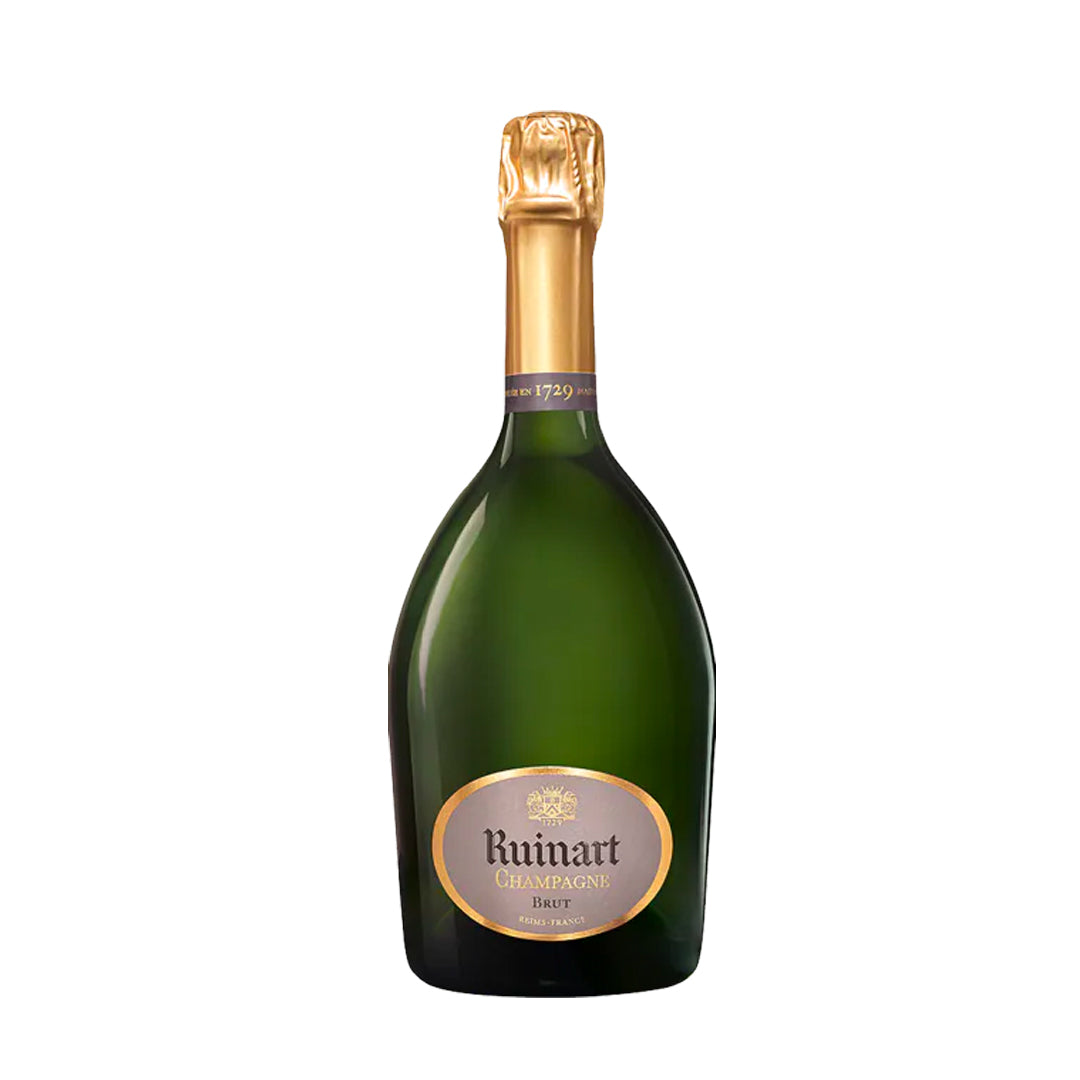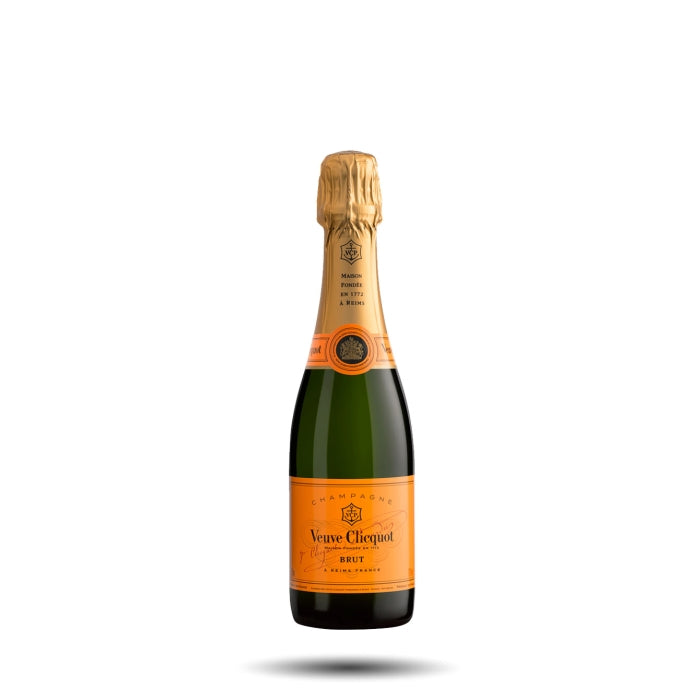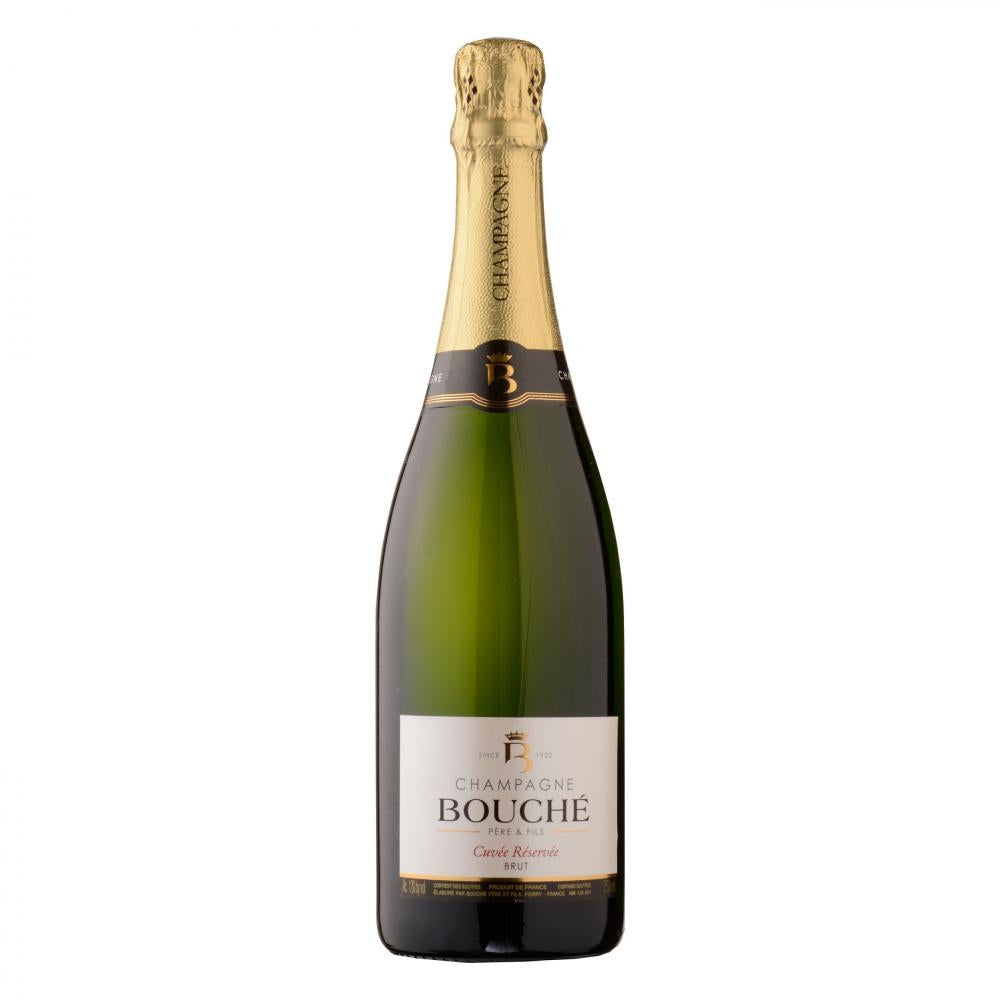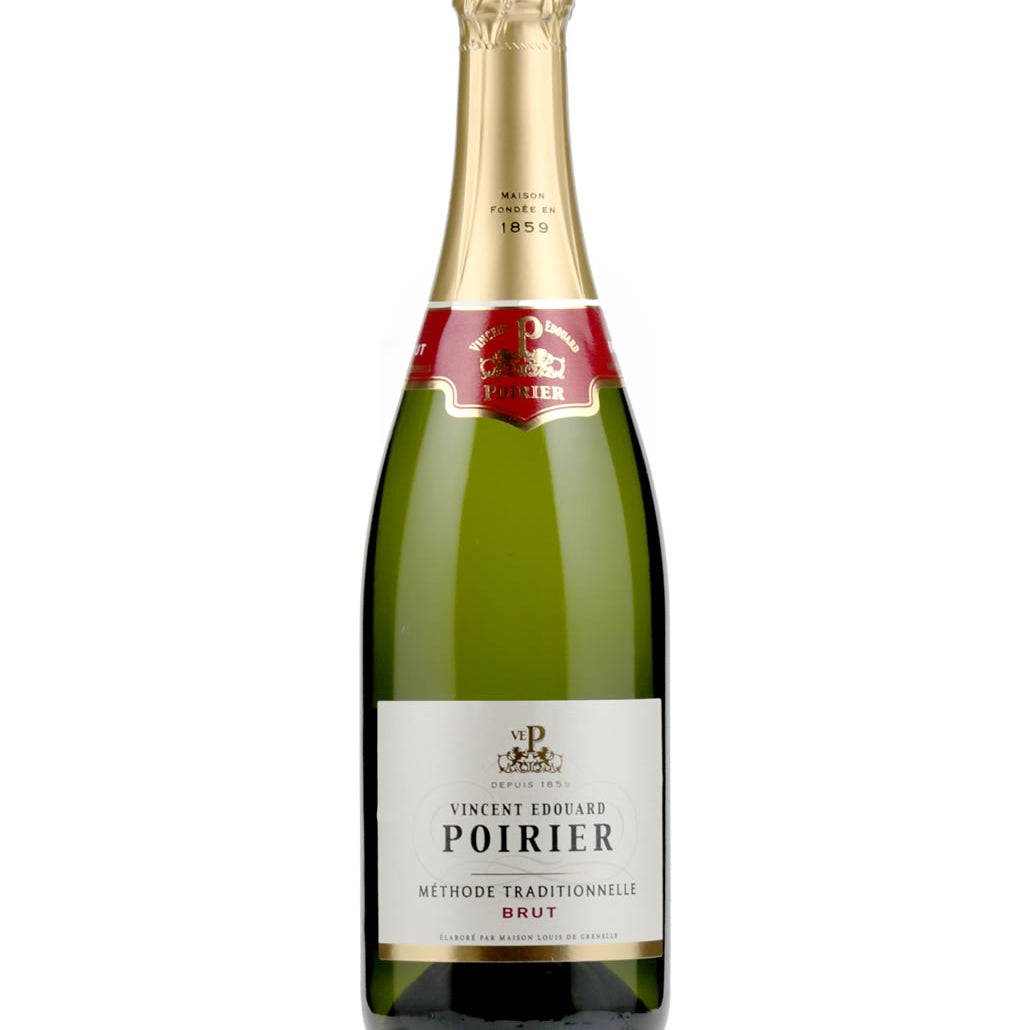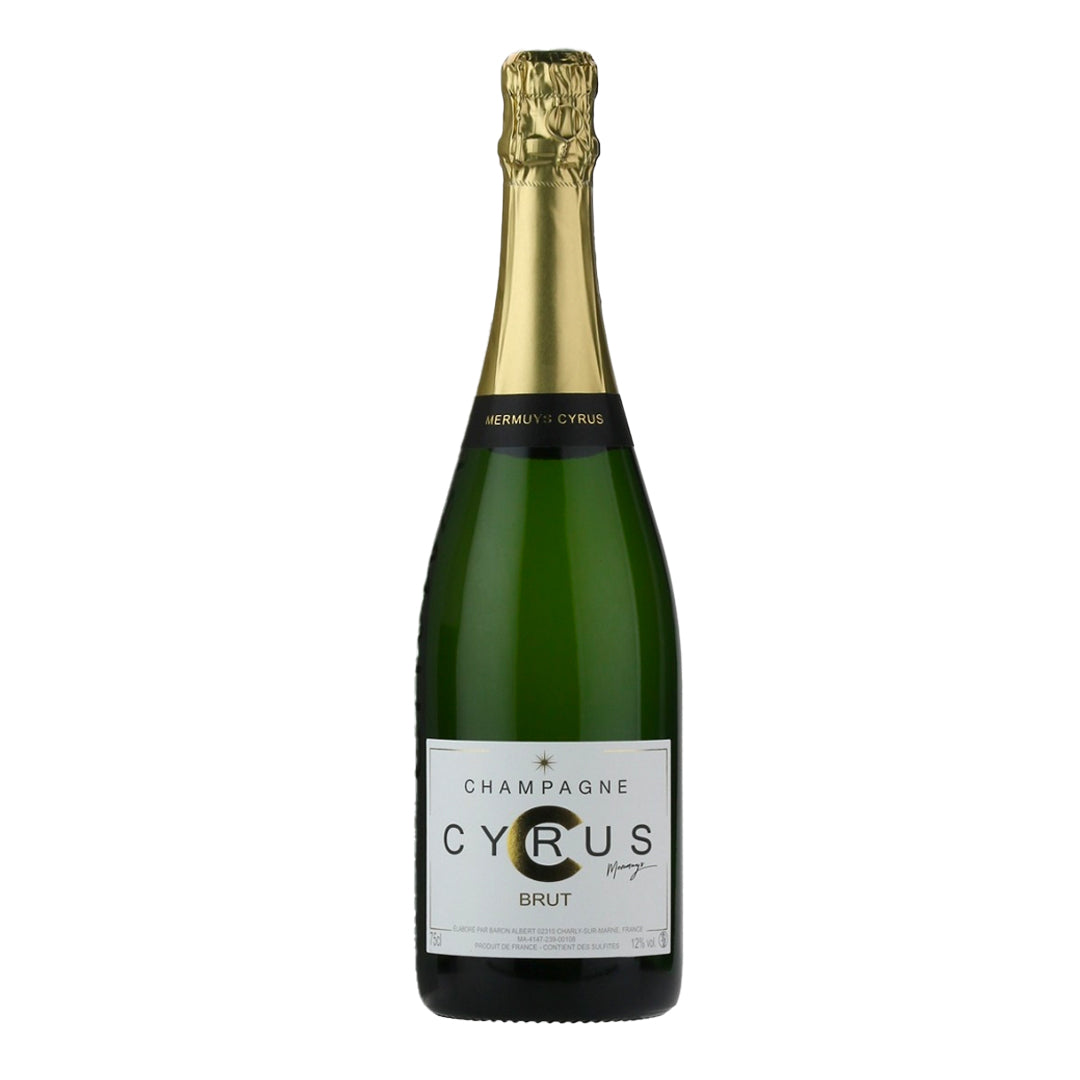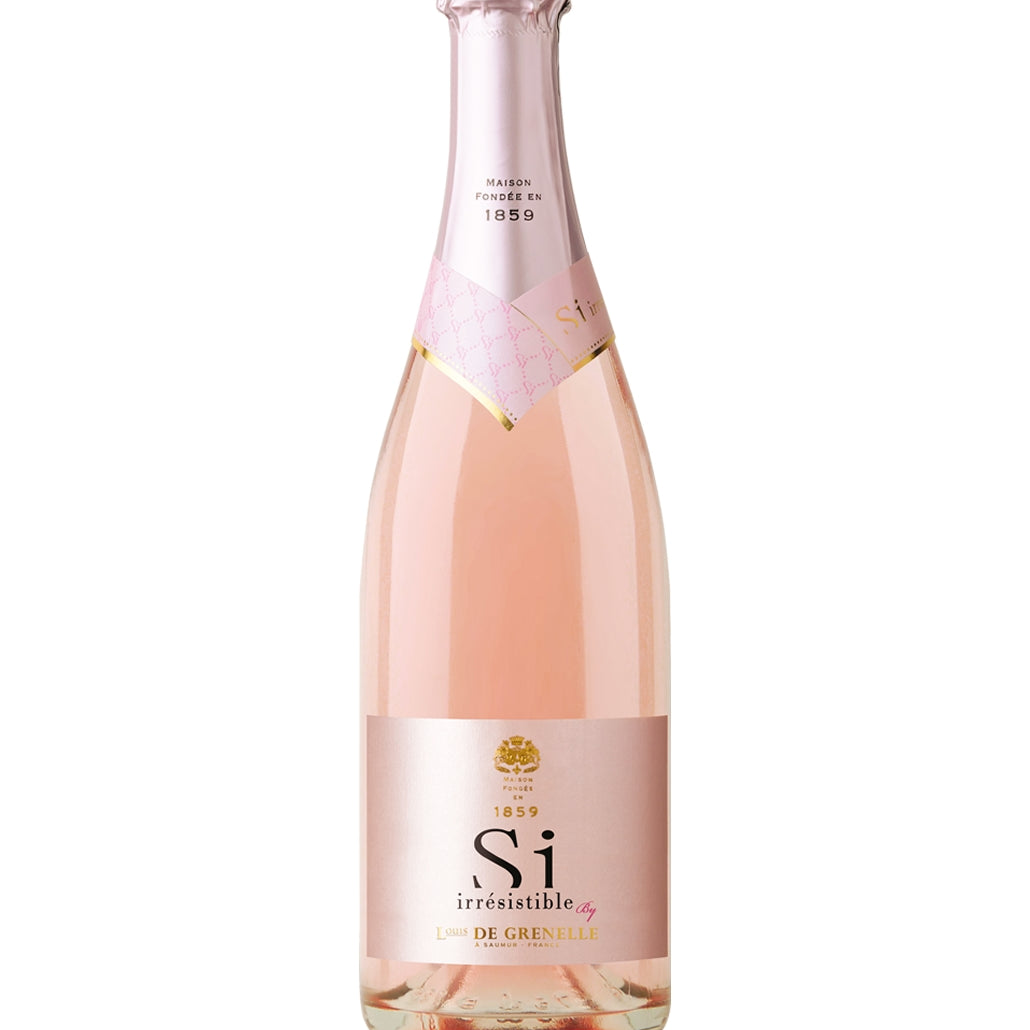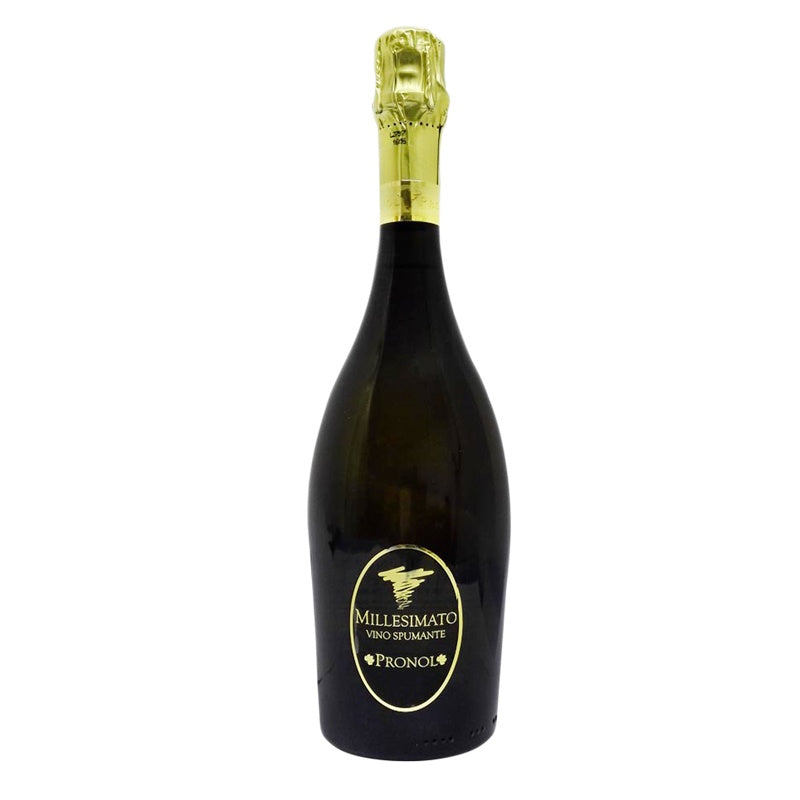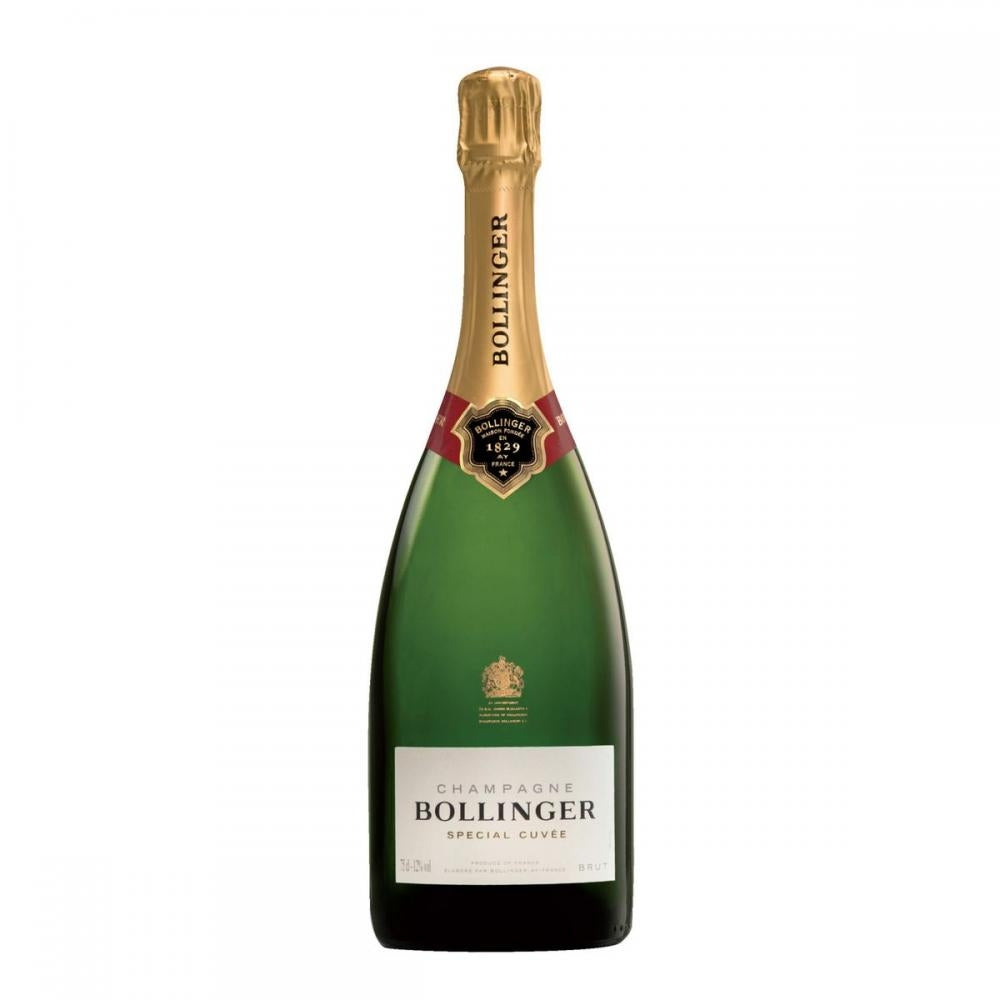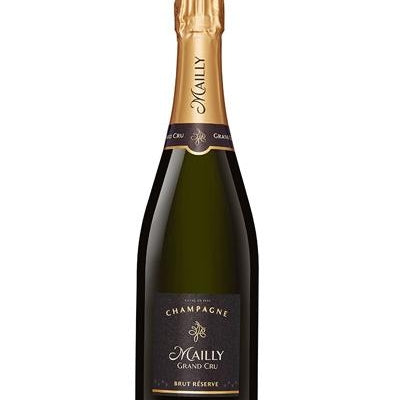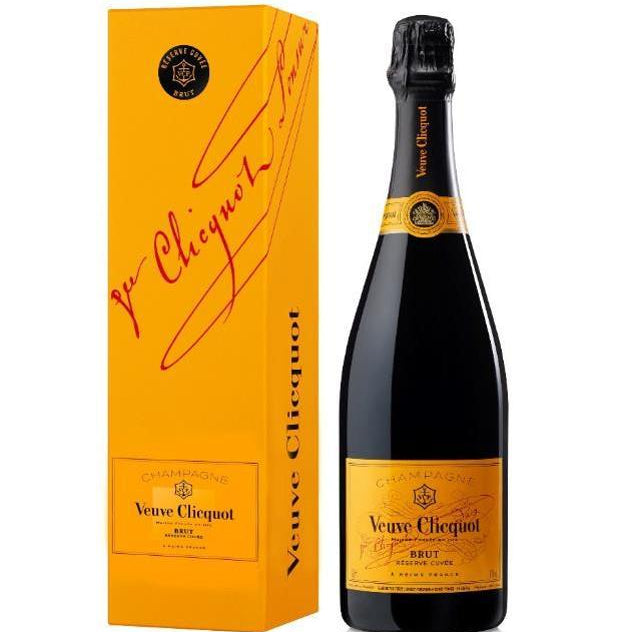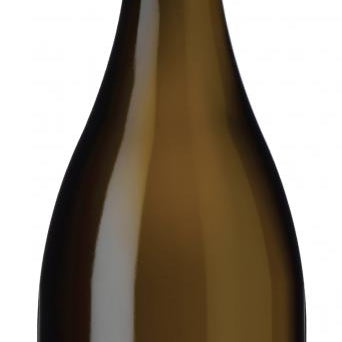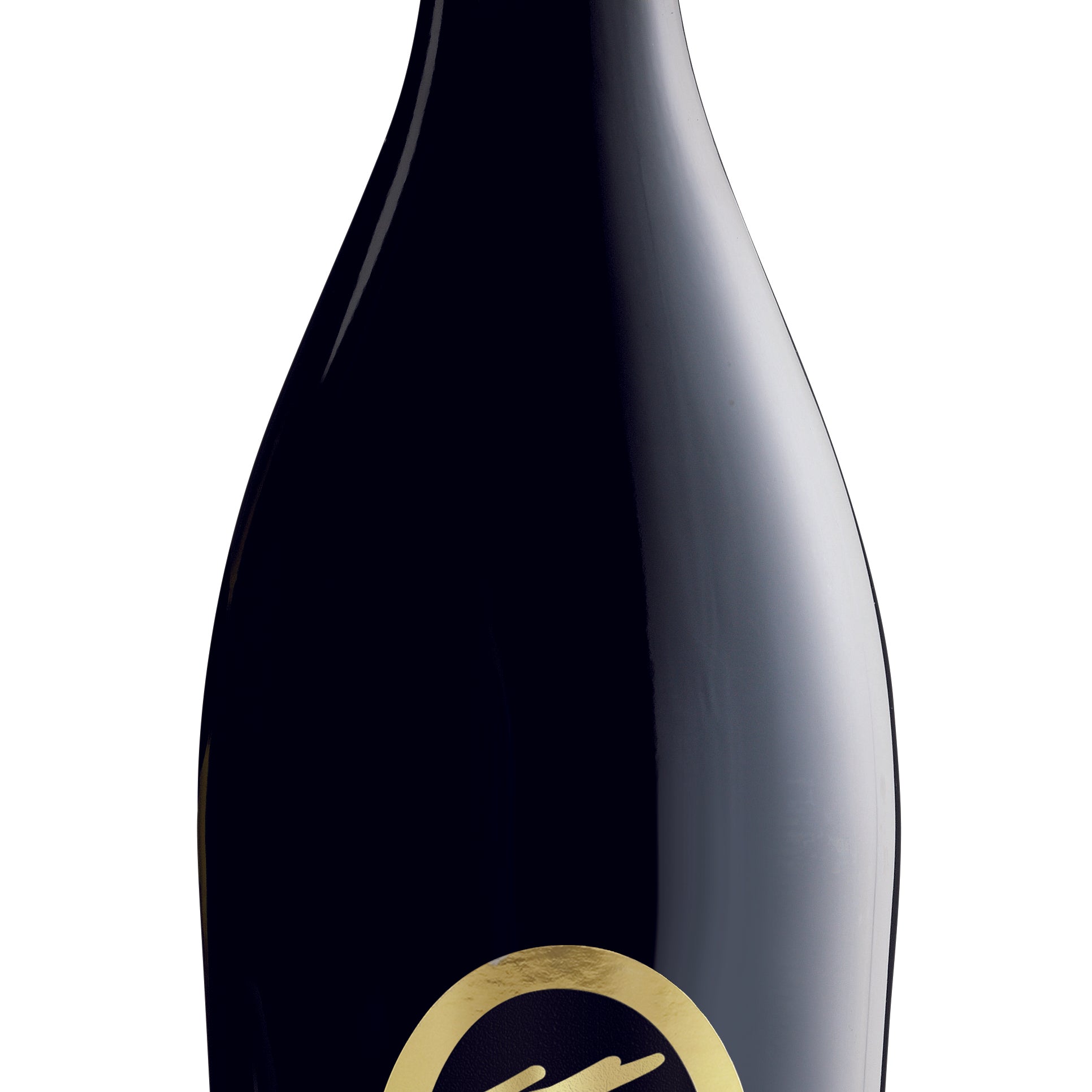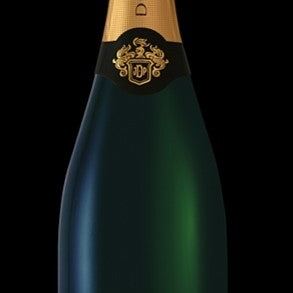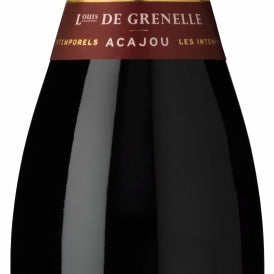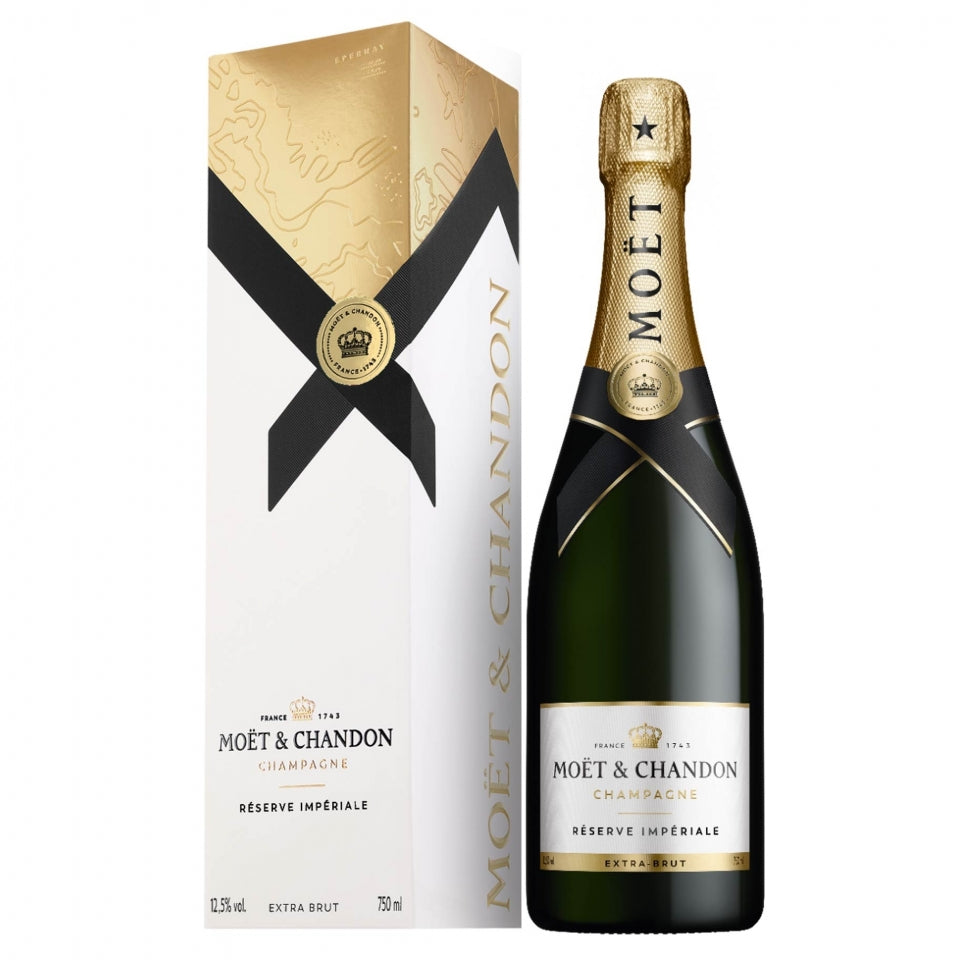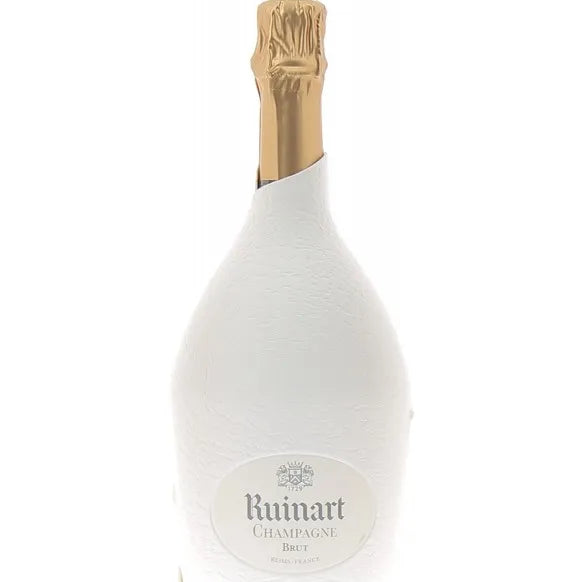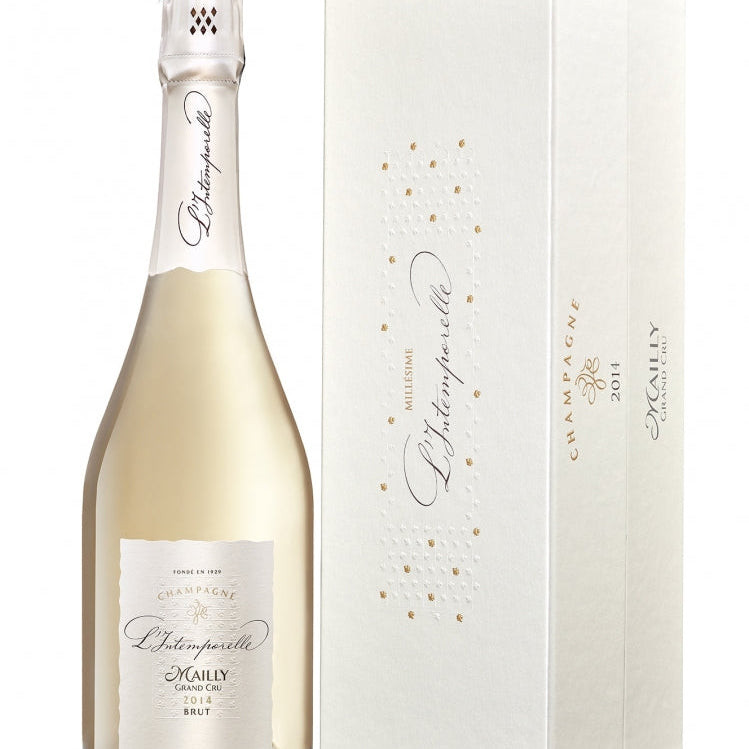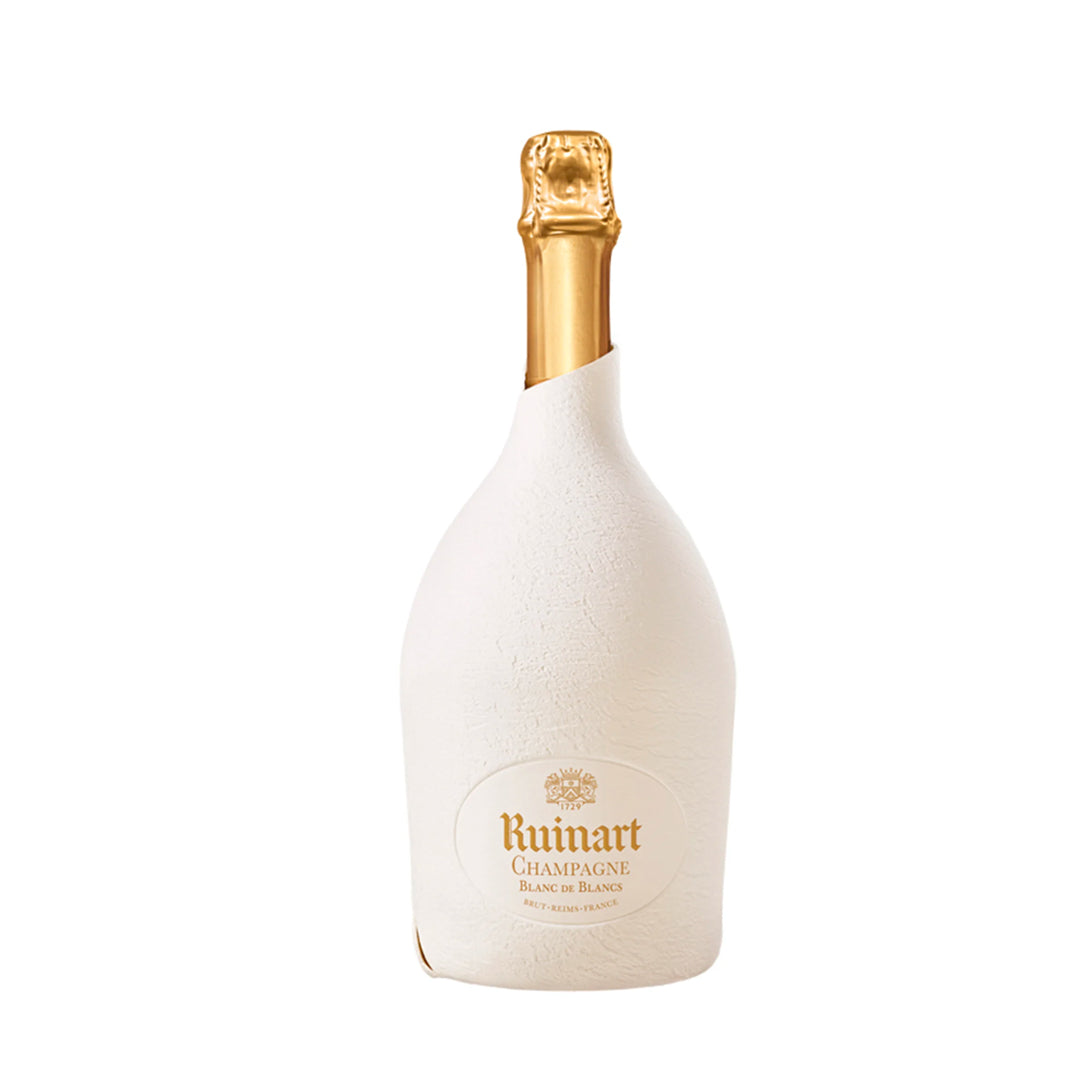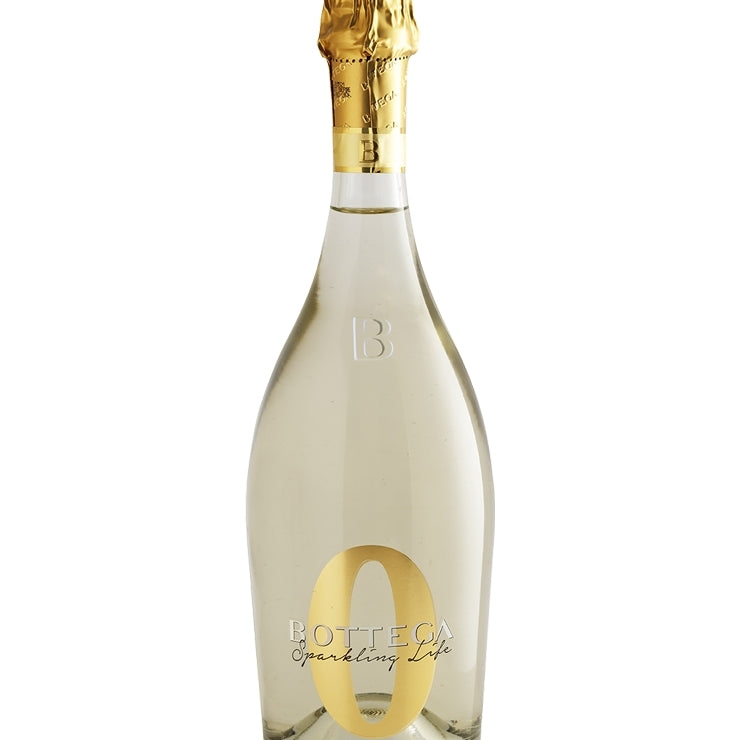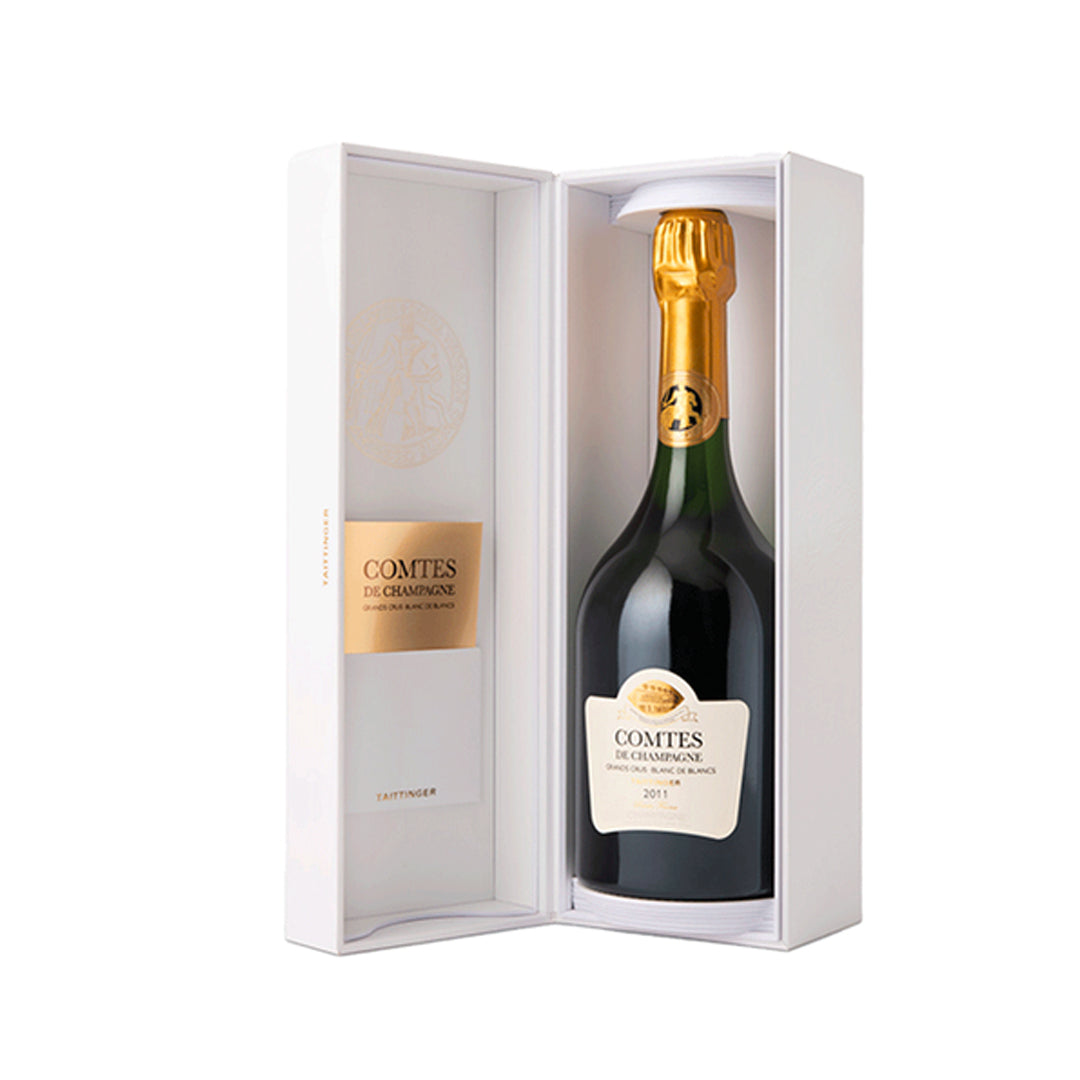
The Region
The South-West wine region of France lies in the shadow of Bordeaux but it is an area of thriving diversity and some innovative winemaking. The region was essentially developed to quench the thirst of the pilgrims on the pilgrimage to Santiago de Compostela. It’s quite a scattered wine region that stretches from the Atlantic to the Mediterranean ports. There are over 300 grape varieties planted, and of these, 120 are native including Merlot, Cabernet Sauvignon and Malbec. In the 1960’s, the whole region was revived after the great grapevine plague of the 19th century, phylloxera.
Some quick facts:
- 47,000 hectares of vines planted
- 60% red/40% white grapes
- Main red varieties: Malbec, Tannat, Négrette, (native varieties) Fer Servadou
- Main white varieties: Colombard, Petit Manseng, Gros Manseng, Mauzac (all native)
- There were 5 main appellations in the beginning:
- Cahors, Gaillac, Monbazillac, Madiran, Fronton
- Today, there are over 29 appellations
Cahors: The Original Malbec Wine
Cahors has a nickname of ‘the once-black wine’ from the Middle Ages as the wines were deep in colour and could age for a long time if left. Today, the wines are softer thanks to the addition of Merlot to the final wine. Long before Argentina existed the wine-thirsty Roman Aristocracy were enjoying the Malbec wine from Cahors (known locally as Cot). Malbec is the soul and flavour of most red wines and is now equally as famous in Argentina and let’s not forget about Bordeaux.
In 1971, Cahors gained its appellation status and thanks to the undeniable success of the Argentinian Malbec, Cahors was plunged into the 21st century with an emphasis on improved quality in both the vineyard practices and in winemaking.
Cahors vs Argentina
Malbec, like virtually all other grapes, takes an expression of flavour from the region it comes from.
- Argentine Malbec usually has higher alcohol and more jammy, fruit-forward aromas and flavours because of more intense sunshine during ripening.
- In Argentina, the wine is typically bottled as 100% Malbec. In Cahors, the final wine is typically a blend of Malbec with either Merlot or Tannat. Although there are some examples of 100% Malbec wines.
- Malbec wines from Argentina often have velvety smooth tannins and glide down your throat. Cahors Malbec can be a little more lean and “astringent” (that sensation of dryness when you take a sip of black tea).
- Most Argentinian Malbecs are full of rich, jammy, black fruits. In contrast, Cahors Malbecs are more structured, lower in alcohol and the fruit and acidity are beautifully balanced.
Q: Cahors or Argentina?
A: Cahors of course! It’s a historic wine with a veil of mystery. The wines have firm tannins but are so elegant and full of long-lasting dark, complex flavours. Wine lovers all over the world are increasingly adding Cahors Malbecs to their repertoire of delicious wines to enjoy with everyday meals from start to finish.
The Chateau, the Family, and the Wines

The story of this wine begins with the Cassot family in 1870. Paul Cassot farmed the land for many years before it became vineyards. In 1947, Pierre Cassot, Paul’s son established Chateau Coustarelle (meaning ‘little slope’) after the first parcel of vines was planted. Thus, the story grows and develops. In 1980, Pierre’s son Michel and his Wife Nadine took over and made sure that all wines made were bottled on site ensuring authenticity. During the 90’s this Chateau was known as “one of the highest quality Cahors domaines”.

In 2002, Caroline, the daughter of Michel and Nadine (and the 5th generation of the Cassot family) became vineyard manager and has brought new life and character to the vines and wines. She has grown the vineyard from 3.5 hectares to 53 hectares and the average age of the vines is 30 years.
The story of Coustarelle is the embodiment of the Cahors wine region story. It has only gone from strength to strength in quality and style thanks to the authenticity of the family links that make it what it is today.
The grape varieties and their wine styles
The main red grapes of the Chateau are Malbec, Merlot and Tannat. Malbec gives the wines structure and flavour, Merlot gives softness, plum fruits and body, Tannat gives complexity and depth of colour and flavours. The Chateau practises lutte raisonée in the vineyard, a pragmatic approach to farming, where chemical treatments are only used where absolutely necessary. Biodiversity or biodynamic farming is encouraged whereby what’s removed from the land is put back in, in as natural a process as possible. The grapes are all hand-harvested and yields are small to ensure quality and flavour. Wines are fermented and settled in the same stainless steel tanks with some further maturation in large and smaller oak barrels with varying levels of intensity of influencing flavours.
At Cavavin Ireland, we currently have two Dark & Complex Best-Selling styles of Malbec wines from the Chateau available for you to discover, explore, and enjoy.
Château la Coustarelle Cahors Tradition 2019
Known as the “classic” wine of the Chateau this is a blend of 80% Malbec and 20% Merlot. The grapes are fermented and aged initially in stainless steel tanks and then spend 18 months ageing in large capacity (600L) oak barrels prior to bottling.
This wine is deep ruby in colour and is powerfully forthcoming and concentrated with blackberries and hints of spice; tannins are light and well integrated in the wine’s medium-full-bodied texture and long-lasting finish.
Château la Coustarelle Cahors Cuvée Grand Prestige 2018
This is the big brother of the classic. It is a blend of 90% old-vine Malbec and 10% Tannat. The wine is fermented for 3-4 weeks in stainless steel tanks and then is aged for 12 months in the same tanks. It’s then transferred to oak barrels, some of which are new French oak (giving more intense flavours) and aged for another 12 months prior to bottling.
This wine is deep purple with lots of vanilla and dense black fruits. It is medium-full bodied and on the palate has rich blackberries and hints of licorice. Tannins are silky smooth for a long silky finish.
Both wines have won many awards over the years of excellence, quality, and authenticity. In 2022, Tradition 2019 won bronze at Concours Mondial, for example.





